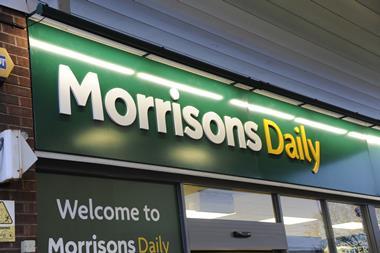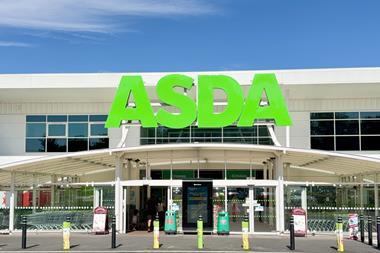The general level of availability in the yellow fats category matches exactly the overall level of availability recorded since The Grocer Stockwatch was launched in January. Promotional lines stand at 22% and non-promotional at 12%.
However, within the average figures for the sector are a few surprises: for example, Safeway recorded the best availability levels of all the multiples. Only 14% of its promotional lines were out of stock or at risk, while just 7% of non-promotional lines were unlikely to meet demand. Either deal-seeking Safeway shoppers aren’t too bothered about the category or it is one where the chain is extremely efficient.
Morrisons is hero and villain, with fewer than 6% of normal lines either out of stock or at risk, while 31% of promoted products are likely to be unavailable at peak times. It’s likely that Morrisons’ loyal base of shoppers stocks up when a product is on promotion and the result is a high level of brand switching.
The average percentage of skus on promotion this month - at 9% of the fixture - is much lower than in other categories. Many consumers see butters and spreads as commodity purchases, so there is pressure for retailers to replenish regularly, as shoppers choose the product on promotion over their first choice brand.
Asda has been hardest hit by this behaviour, with 34% of promoted products out of stock or at risk. On non-promoted lines it matches the sector average at 12%.
At Sainsbury shoppers seeking their favourite butter or spread can expect 18% of normal lines and 19% of promotional products to be unavailable.
This reinforces the view that Sainsbury’s consumers are more brand loyal and less price sensitive.
At Somerfield 14% of promotional skus were at risk and 16% of non-promotional.
Tesco’s availability is slightly better than average, with 12% of normal lines and 19% of promotional skus identified as at risk during peak demand.
However, within the average figures for the sector are a few surprises: for example, Safeway recorded the best availability levels of all the multiples. Only 14% of its promotional lines were out of stock or at risk, while just 7% of non-promotional lines were unlikely to meet demand. Either deal-seeking Safeway shoppers aren’t too bothered about the category or it is one where the chain is extremely efficient.
Morrisons is hero and villain, with fewer than 6% of normal lines either out of stock or at risk, while 31% of promoted products are likely to be unavailable at peak times. It’s likely that Morrisons’ loyal base of shoppers stocks up when a product is on promotion and the result is a high level of brand switching.
The average percentage of skus on promotion this month - at 9% of the fixture - is much lower than in other categories. Many consumers see butters and spreads as commodity purchases, so there is pressure for retailers to replenish regularly, as shoppers choose the product on promotion over their first choice brand.
Asda has been hardest hit by this behaviour, with 34% of promoted products out of stock or at risk. On non-promoted lines it matches the sector average at 12%.
At Sainsbury shoppers seeking their favourite butter or spread can expect 18% of normal lines and 19% of promotional products to be unavailable.
This reinforces the view that Sainsbury’s consumers are more brand loyal and less price sensitive.
At Somerfield 14% of promotional skus were at risk and 16% of non-promotional.
Tesco’s availability is slightly better than average, with 12% of normal lines and 19% of promotional skus identified as at risk during peak demand.


















No comments yet